Have you ever thought about the right way to clean or lubricate your hunting binoculars? Or which of the cleaning product will serve best in taking off all the marks on the plastic armor. Everyone who has a binocular at some point or the other will be required to clean off its stains and marks.
So the question is, what is the best step toward cleaning binoculars? What are some activities to stay away from, and products you can use to achieve this? We will provide answers to the following questions as you read on.
How to Clean Binoculars: Lens, Exterior, and Interior
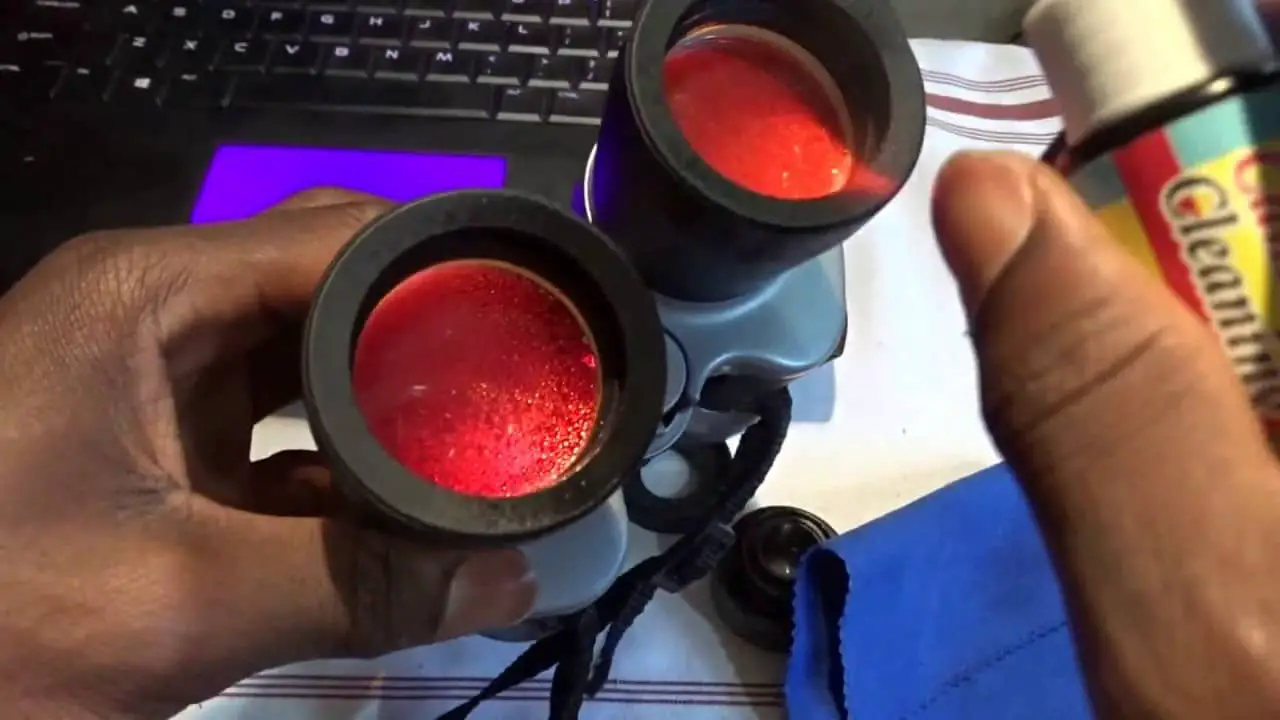
Before Starting
Before you start, it is important to read up the manual meant for your binoculars. Although some of the manuals are designed to be very precise and specific with some instruction the manufactures require to adopt when cleaning. This manual can most time contain information regarding chemicals and products that are likely to cause damages to the binoculars; this makes the manual worth looking at before further actions.
Most additional coatings on any type of binocular are added by the manufacturers themselves primarily to support the transmission of light. The coating is relatively easy to get damaged or scratch, so it’s best to be cautioned when cleaning it. Now Let’s take a brief look at it…
How to Clean a Binoculars Lenses without a Lens Kit?
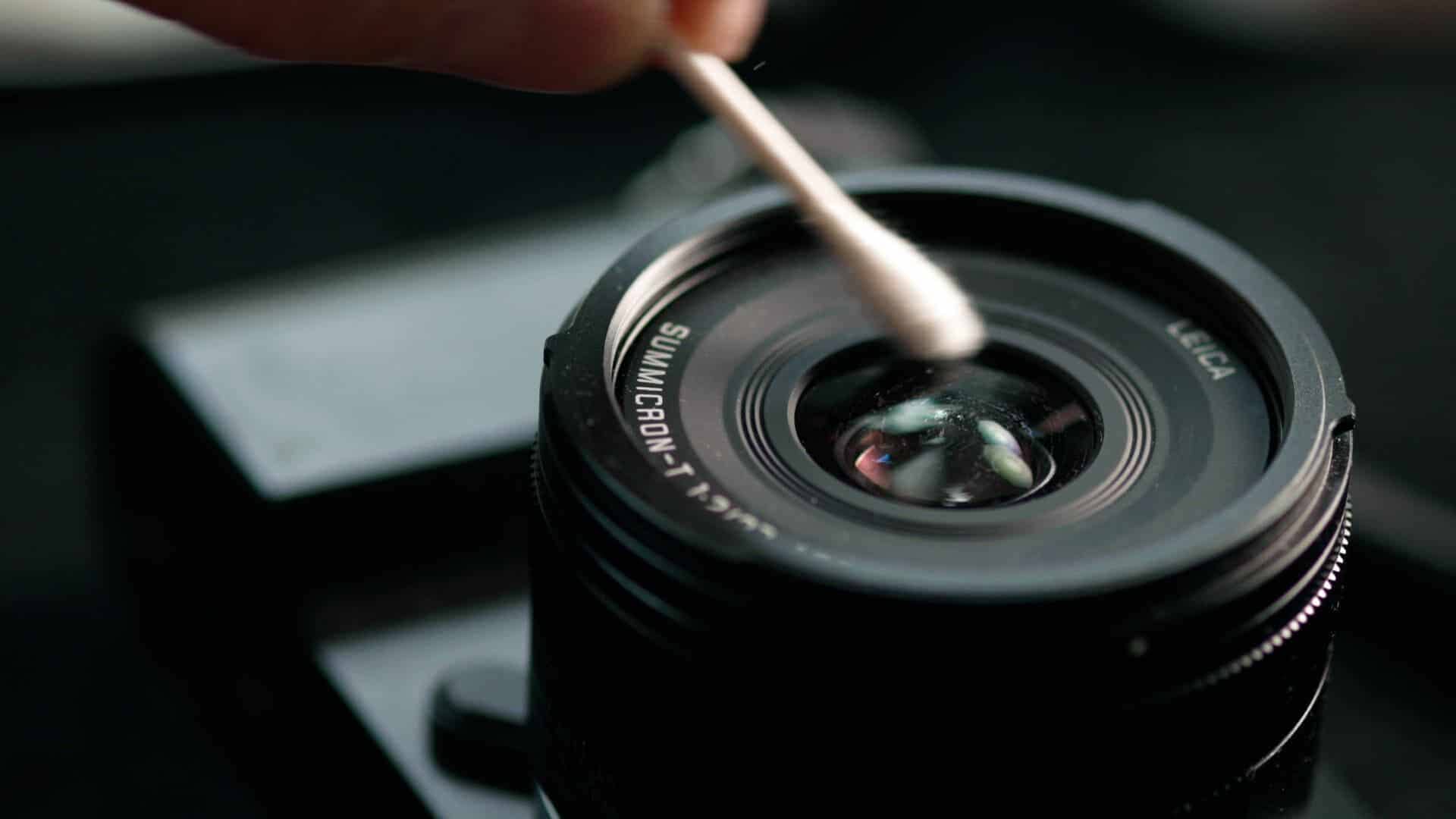
Step 1
One of the vital things to consider when cleaning up a lens is, the lesser you rub the optical surface of a binocular, camera, or scope, the more it produces a clearer and clean surface. But this has to be done with some level of professionalism, due to rubbing the surface can lead to damage regardless of the nature of the microfiber you are using.
Little particles of dust or other objects can sometimes act like sandpapers between the surface of the lens and cloth. This can lead to permanent or real damage to the optics. This is why it should make it your first priority to remove any form of a particle, big or small, from the surface of the lens before taking any step further.
The first step toward achieving this is to ensure you blow off all the forms of dust and debris that is on the binoculars. In some cases, you can use your breath, but an increase in moisture will sometime prevent most debris from going off the glass. So one of the best options to consider in this regard is the use of lens blower. You can also use the blower brush that is meant for binocular and camera lens to clean.
Though some professionals also recommend the use of compressed/ canned air cleaners that are designed for computers. But this isn’t the best option to consider as most of the air cleaners are made from petroleum distillates, which is capable of causing damage on the surface of the lenses.
You can also consider a brush if you have no access to lenses. But only use brushes with the finest of hairs. This will help remove any form of particle that is on the surface of your lens with little pressure and also increases your chance of scratching the coatings on the binoculars.
Step 2
Now, if you still observe any form of dirt on the lens, then you can use a brush to brush the lens lightly. Rinse the lens surface with water to remove any form of abrasive stain.
Avoid using eyeglass and household glass cleaning solvents, as it can lead to damage to the coating of the binocular lens.
Step 3
Use a cloth that is free and soft or a microfiber that is of good quality to rub on the surface of the lens. Do this very gently to prevent damage on the surface of the lens. There are microfibers that are originally designed for this purpose, they are known as cloths for the camera lens.
Most contemporary binoculars are designed with one or two cloths made for the camera lens, although their microfiber differs in qualities and size, as we all know, a high-grade binocular will be accompanied with high standard materials. If your cloth for the camera is of low grade / poor quality, use it to clean up the body of the binocular why you strive to get a better microfiber. Ensure the microfiber is kept clean, and when you intend not to use it, store it in a place free from debris and dust.
How to Clean a Binoculars Lenses with a Cleaning Kit?
It is also possible to get special cleaning kits like brush cleaners meant for exterior glasses and pens. These kits will help you control and remove oil stains, debris, and markings that are on the surface of your lens.
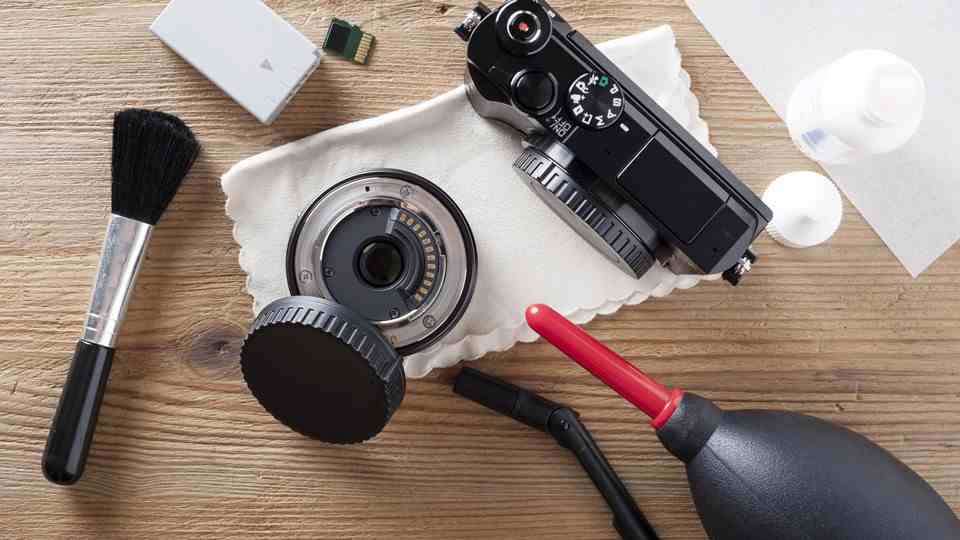
You can consider using competent Lens Cleaners that are accompanied by cleaning compounds that are dry and with no form of alcohol that can damage delicate coatings on your lenses but can wipe away 90% of stains away without leaving any form oil or mark on the surface of the lens. Now let’s take a brief look at how we can use some simple methods to adopt for a more standard cleaning.
Step 1
If your cleaners are meant for binocular, it is important to rob the surface of the lens slightly to the lowest possible means.
Use a blower to blow off the dust and debris that are on the surface of the lens. But the use of soft brushes that accompany the binoculars kits can be effective by cleaning up the surface with less frictional force.
Step 2
If you are using a Carson cleaner, you can try twisting one end that is meant for the pin located behind the brush. Afterward, try to take off the cap. Doing this can be very easy as removing the smudges can be done without much application of force. If you still find any form of oily mark on the surface, blow gently on each of the lenses, and try to wipe it off again, use the tips we shared regarding cleaning the optics.
Cleaning Kits and Pens
There are numerous cleaning pens and kits that are primarily designed for camera use, and will perfectly work for on scopes and binoculars likewise. Although there are special few that are basically designed to be used on binoculars. Examples are kits designed for binoculars are Swarovski and Zeiss.
How to Clean Binoculars Body Parts?
It is normal to think about the lens once you come across the question, “How do I clean a Binoculars?” Though cleaning the lens is very important, but so also is the body. It is important to clean the body the rightly, failure to carry out the process appropriately can lead to damage on the coated rubber. Adhere to the following step to achieve this:
Step 1
Similar to the way you clean up the lens, start by blowing all over the body of the binoculars, you can do this with a blower to remove all form of grit particles and sand that are trapped in the body
Step 2
Use a microfiber or a lent cloth to wipe off the parts, including the focus mechanism, eyepiece, and barrels. During this, it is very advisable to be careful and avoid wiping or touching or part of the lens. Try and hold the binoculars the opposite way; this will make some of the dirt falls off from the surface of the lens.
Step 3
At this stage, if you still observe dirt and marks on the outer part of the rubber, metal, or the body plastic, then try to use a soft material to clean it up but ensure you are careful enough not to use it on the surface of the lens.
Cleaning the Internal Part of Your Binoculars
In a situation where you have dust, dirt, or even moisture locked up internal parts of your binoculars, what are some of the steps to take to keep it clean?
In such scenarios, at first, you should understand how binoculars work. It is advisable not to make any attempt in opening the binoculars; the reason is most contemporary binoculars are designed and filled up with nitrogen gas. This gas ensures that the lens is prevented from the formation of cloudy fogs. Opening the binoculars will lead to an escape of the gas.
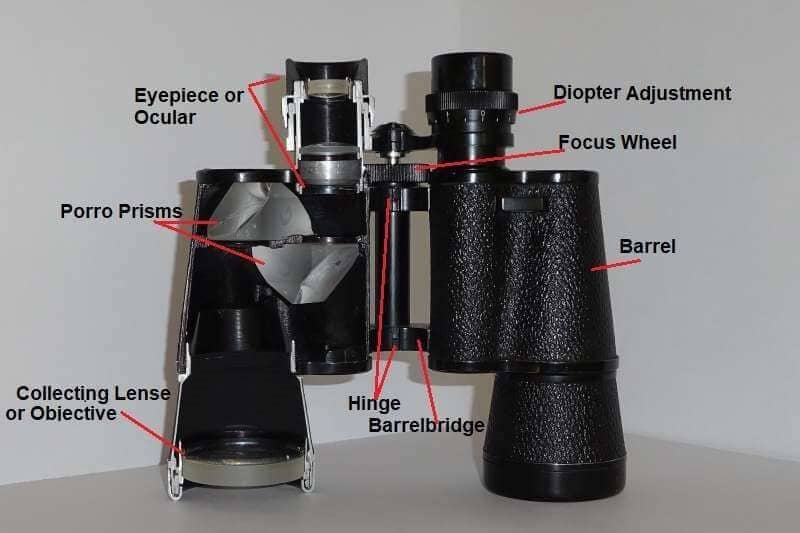
You are likely to destroy the waterproof seals once you open the tube and can also render it useless once you move the alignment that is meant for the prism or lenses.
If you observe some stains or cloudy formation on the inside of your binoculars, then it will be a considerable option to seek the assistance of a professional, manufacturer, or authorized dealers.





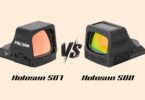
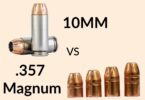


Leave a Comment